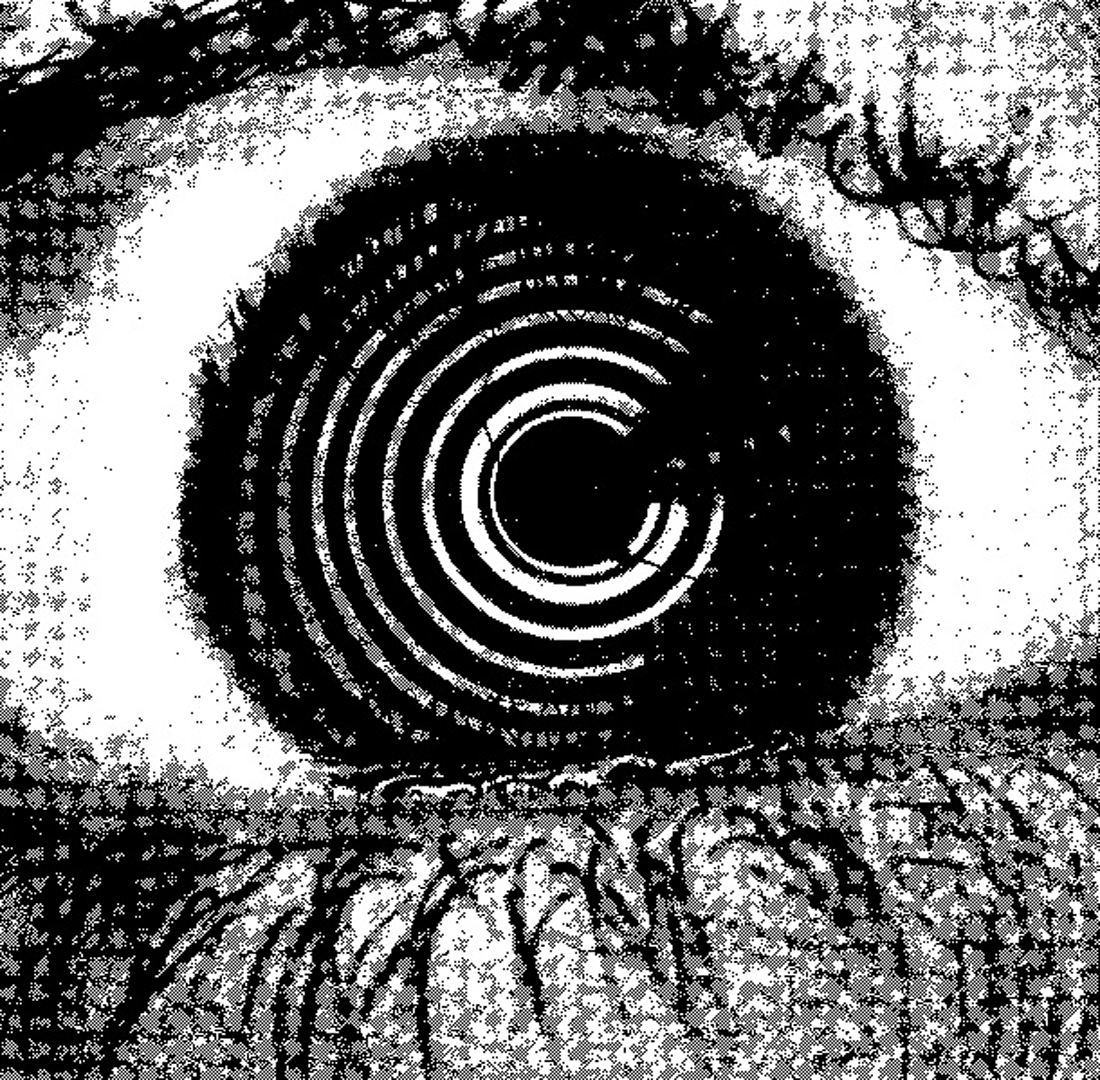“Reconstructing curved surfaces from specular reflection patterns using spline surface fitting of normals” by Halstead, Barsky, Klein and Mandell
Conference:
Type(s):
Title:
- Reconstructing curved surfaces from specular reflection patterns using spline surface fitting of normals
Presenter(s)/Author(s):
Abstract:
We present an algorithm that reconstructs a three-dimensional surface model from an image. The image is generated by illuminating a specularly reflective surface with a pattern of light. We discuss the application of this algorithm to an important problem in biomedicine, namely the measurement of the human cornea, although the algorithm is also applicable elsewhere. The distinction between this reconstruction technique and more traditional techniques that use light patterns is that the image is formed by reflection. Therefore, the reconstruction algorithm fits a surface to a set of normals rather than to a set of positions. Furthermore, the normals do not have prescribed surface positions. We show that small surface details can be recovered more accurately using this approach. The results of the algorithm are used in an interactive visualization of the cornea.
References:
1. ALTSCHULER, M., ALTSCHULER, B., AND TABOADA, J. Laser electrooptic system for rapid three-dimensional (3-D) topographic mapping of surfaces. Optical Engineering 20, 6 (1981), 953-961.
2. BARSKY, B. A., MANDELL, R. B., AND KLEIN, S. A. Corneal shape illusion in keratoconus. Invest Opthalmol Vis Sci 36 Suppl.:5308 (1995).
3. BARTELS, R. H., BEATTY, J. C., AND BARSKY, B. A. An Introduction to @lines for Use in Computer Graphics and Geometric Modeling. Morgan Kaufmann, 1987.
4. BELIN, M. W., LITOFF, D., AND STRODS, S. J. The PAR technology corneal topography system. Refract Corneal Surg 8 (1992), 88- 96.
5. BLAKE, A., AND ZISSERMAN, A. Visual Reconstruction. MIT Press, 1987.
6. BOLLE, R., AND VEMURI, B. On three-dimensional surface reconstruction methods. IEEE Trans. PAMI 11, 8, 840-858.
7. BRINKLEY, J. Knowledge-driven ultrasonic three-dimensional organ modeling. IEEE Trans. PAMI 7, 4, 431-441.
8. CHENG, F., AND BARSKY, B. A. Interproximation: Interpolation and approximation using cubic spline curves. Computer-Aided Design 23, 10 (1991), 700-706.
9. COHEN, E., LYCHE, T., AND RIESENFELD, R. Discrete B-splines and subdivision techniques in computer aided geometric design and computer graphics. Computer Graphics and Image Processing 14 (1980), 87-111.
10. Doss, J. D., HUTSON, R. L., ROWSEY, J. J., AND BROWN, D. R. Method for calculation of corneal profile and power distribution. Arch Ophthalmol 99 (1981), 1261-5.
11. FAVARDIN, C. Determination automatique de structures geometriques destinees a la reconstruction de courbes et de surfaces a partir de donnees ponctuelles. PhD thesis, Universite Paul Sabatier, Toulouse, France, 1993.
12. GOSHTASBY, A. Surface reconstruction from scattered measuremeAts. SPIN 1830 (1992), 247-256.
13. HOPPE, H., DEROSE, T., DUCHAMP, T., HALSTEAD, M., JIN, H., MCDONALD, J., SCHWEITZER, J., AND W., S. Piecewise smooth surface reconstruction. Computer Graphics (SIGGRAPH ’94 Proceedings) (July 1994), 295-302.
14. JARVIS. A perspective on range finding techniques for computer vision. IEEE Trans. PAMI 5, 2 (1983), 122-139.
15. KLYCE, S.D. Computer-assisted corneal topography, highresolution graphic presentation and analysis of keratoscopy. Invest Ophthalmol Vis Sci 25 (1984), 1426-35.
16. KOCH, D. D., FOULKS, G. N., AND MORAN, T. The corneal eyesys system: accuracy, analysis and reproducibility of first generation prototype. Refract Corneal Surg 5 (1989), 424-9.
17. KRACHMER, J. H., FEDER, R. S., AND BELIN, M. W. Keratoconus and related noninflammatory corneal thinning disorders. Surv. Ophthalmol 28, 4 (1984), 293-322.
18. MAGUIRE, L. J., AND BOURNE, W. D. Corneal topography of early keratoconus. Am J Ophthalmol 108 (1989), 107-12.
19. MAMMONE, R. J., GERSTEN, M., GORMLEY, D. J., KOPLIN, R. S., AND LUBKIN, V. L. 3-D corneal modeling system. IEEE Trans Biomedical Eng 37 (1990), 66-73.
20. MOORE, D., AND WARREN, J. Approximation of dense scattered data using algebraic surfaces. Tech. rep., TR 90-135, Rice University, 1990.
21. PRATT, V. Direct least-squares fitting of algebraic surfaces. SIC- GRAPH ’87 Conference Proceedings (1987), 145-152.
22. SATO, Y., KITAGAWA, H., AND FUJITA, H. Shape measurement of curved objects using multiple slit-ray projections. IEEE Trans. PAMI g, 6 (1982), 641-649.
23. SCHMITT, F., BARSKY, B. n., AND DU, W.-H. An adaptive subdivision method for surface fitting from sampled data. SIGGRAPH ’86 Conference Proceedings (1986), 179-188.
24. TAUBIN, G. An improved algorithm for algebraic curve and surface fitting. In Proc. gth International Conf. on Comp. Vision, Berlin (1993), pp. 658-665.
25. TERZOPOLOUS, D. Regularization of inverse visual problems involving discontinuities. IEEE Trans. PAMI 8 (1986), 413-424.
26. TOPA, L., AND SCHALKOFF, R. An analytical approach to the determination of planar surface orientation using active-passive image pairs. Computer Vision, Graphics, and Image Processing 35 (1994), 404-418.
27. TURK, G., AND LEVOY, M. Zippered polygon meshes from range images. Computer Graphics (SIGGRAPH ‘9g Proceedings) (1994), 311-318.
28. VaN SaaRLOOS, P. P., aND CONSTABLE, I. Improved method for calculation of corneal topography for any photokeratoscope geometry. Optom Vis Sci 68 (1991), 960-6.
29. WANG, J., RICE, D. A., AND KLYCE, S. D. A new reconstruction algorithm for improvement of corneal topographical analysis. Refract. Corneal Surg 5 (1989), 379-387.
30. WARNICKI, J. W., REHKOPF, P. G., AND CURTIN, S. n. Corneal topography using computer analyzed rasterographic images. Am. J. Opt 27 (1988), 1125-1140.
31. WILSON, S. E., AND KLYCE, S. D. Advances in the analysis of corneal topography. Surv. Ophthalmol. 35 (1991), 269-277.





